5 Reasons To Use Ableton Live In Worship
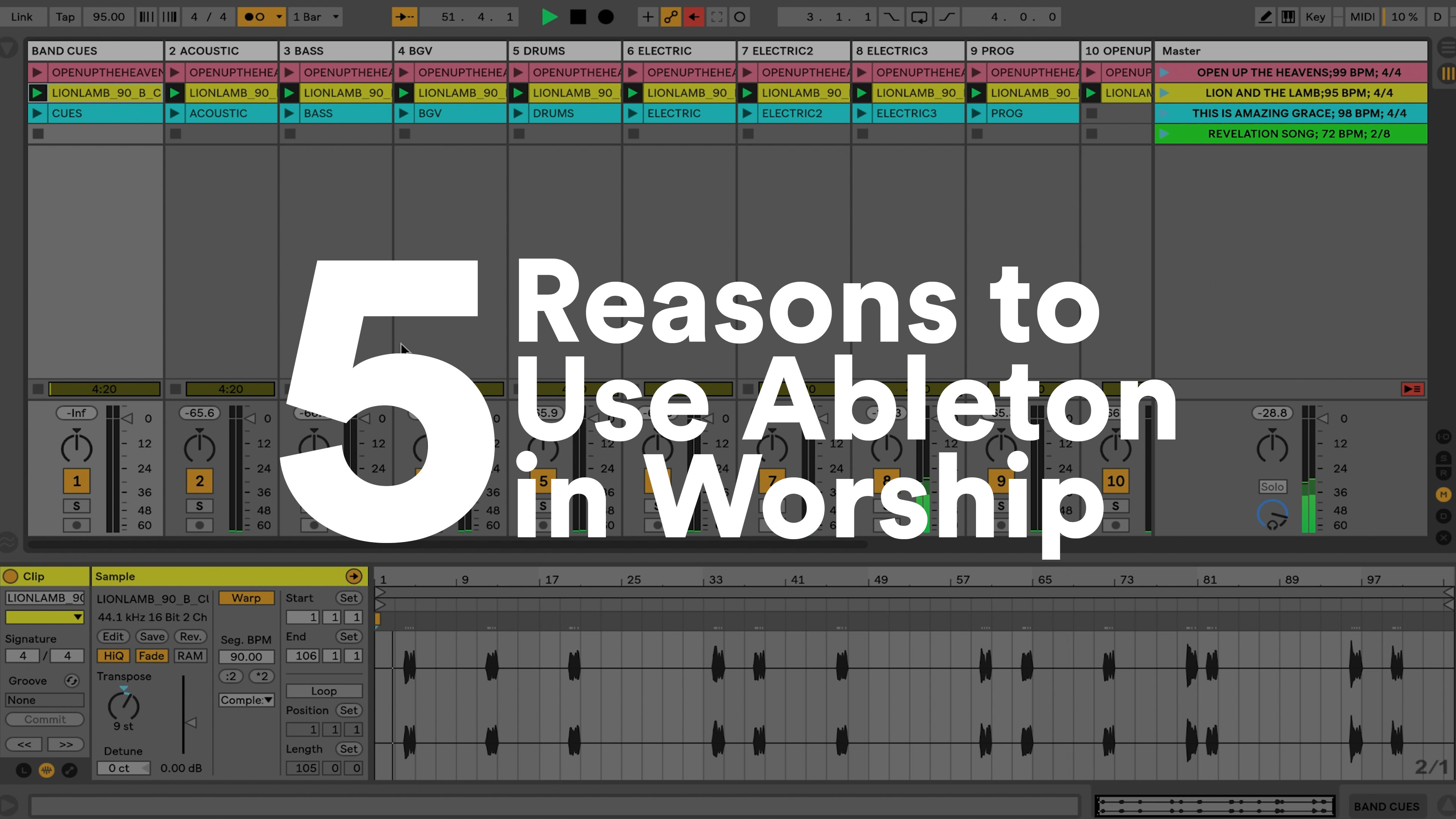
Ableton Live can seem very intimidating at first, but it’s much easier than it looks. Once you start using tracks in worship, you won’t turn back. Here are a few reasons why it’s worth taking the time to implement tracks in your worship service.
1. Improve your band by playing to a click
The best thing you can do to improve your band’s sound is to play with a click. The click track is the glue that keeps your band together. Without a click, everyone in your band begins to play at their own tempo – which can begin to sound muddy and out of time. At first, you or your band may be hesitant to begin using a click, but if you take the time to teach your band how to use it, it can drastically enhance your sound. Using a click track in Ableton Live is simple and the best thing you can do to improve your band’s sound. It’s like learning to ride a bike – once you do it, you won’t go back!
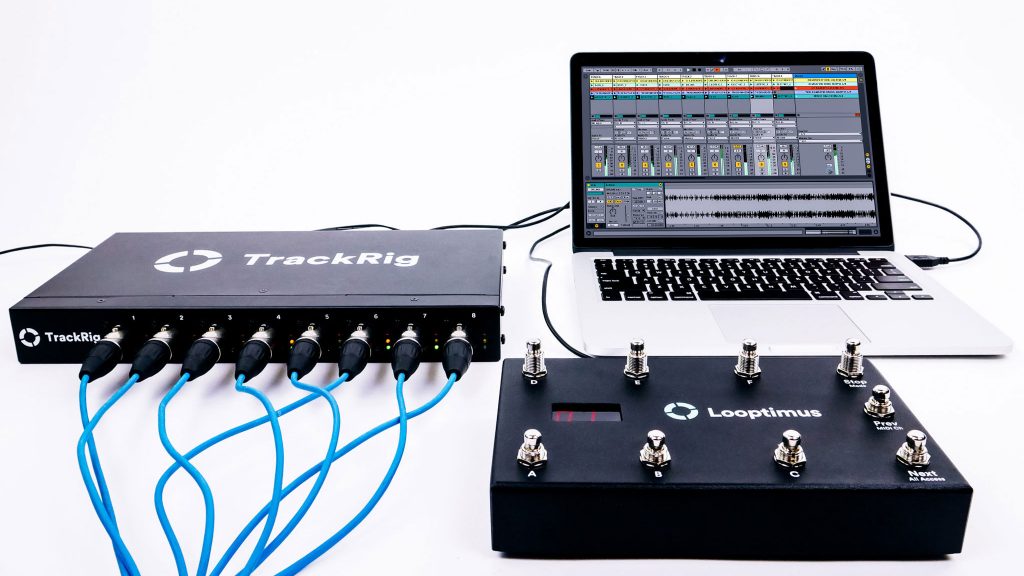
2. Make your band sound HUGE
Have you ever been to a concert and heard an instrument that you didn’t see on stage? That artist was using tracks. Tracks, also known as MultiTracks, are songs split up into individual instrument files. Most worship artists and bands (Hillsong, Bethel, Passion, etc.) use tracks to fill out their sound. If you want your band to sound big and not have an empty feel, then using tracks and Ableton in your worship services can be a huge help. Not every band should sound the same, but if you are able to use a few tracks underneath your musicians to fill out the sound (Pads, Percussion, Loops, etc), it can help your band sound great!
3. Replace musicians you don’t have
If you have ever had a musician call in sick at the last minute, or really wanted a certain instrument in a song that you didn’t have, using tracks and Ableton in worship is a great way to add in those missing instruments. You can choose what instruments you want in your track, and mute the ones you don’t want. If someone calls in sick, simply unmute that track to include it in your mix. If you’re leading at a small church plant and don’t have a bass player or piano player, Tracks are a great way to replace a missing musician so your band can still sound full.

4. Keep your band on the same page
It can be frustrating trying to get your band to remember the arrangement of the song you’re playing. As worship leaders, we have all repeated a chorus, but had someone in our band go to the bridge instead. It can be a big distraction to your congregation as well. When you use tracks in Ableton Live, you are able to add cue voices to keep your band together. The cue voices count in the upcoming section, for example, “Chorus, 2, 3, 4”. This not only helps your band be on the same page, but it can help you be spontaneous in worship. If you want to play a section again, you can trigger that section in Ableton and your band won’t get lost. It’s like having a digital band director! Your rehearsal times will also be shorter because you won’t have to practice the arrangement over and over.
5. Eliminate awkward transitions
Transitions can be one of the hardest things to do correctly when leading worship. If a transition is done incorrectly, it can kill the vibe and sometimes derail the entire next song for your band and congregation. Using Ableton Live makes it easy to fade in and out of songs, add pads between your tracks, and eliminate any awkward transition between your songs. We want the focus to be on God during our services, so we need to eliminate bringing unnecessary attention to our band. Having smooth transitions can go a long way in doing that!
To help you get started, I’ve created an essential gear checklist of everything you need. To watch my free 1-hour Ableton course, visit AbletonInWorship.com
Basic Requirements
☐ Computer (Mac or PC)
You’ll need a computer to install Ableton Live
☐ Ableton Live
The Intro version starts at $99. It’s a great place to start and you can always upgrade later if needed. Buy at loopcommunity.com/shop
☐ Stereo Breakout Cable
This is the easiest way to get the audio out of your computer into the sound system.
☐ 2 Direct Boxes & XLR Cables
You’ll need these to get the audio to your sound system. We love Radial.
☐ In-Ear Monitors
If you don’t have in-ear monitors, watch this video to learn how to still use tracks.
Advanced Options
☐ USB Audio Interface
A more advanced way to route your audio and gives your sound engineer more control over individual track volume. TrackRig.com
☐ MIDI Foot Controller
Take full control of your tracks with your feet! Start, Stop, Repeat, etc. looptimus.com
Matt McCoy
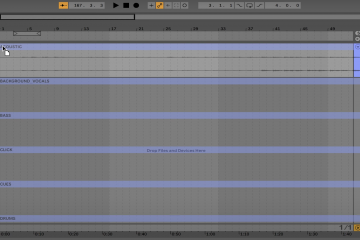
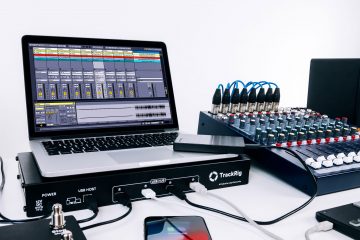
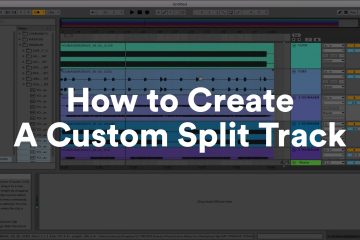
0 Comments